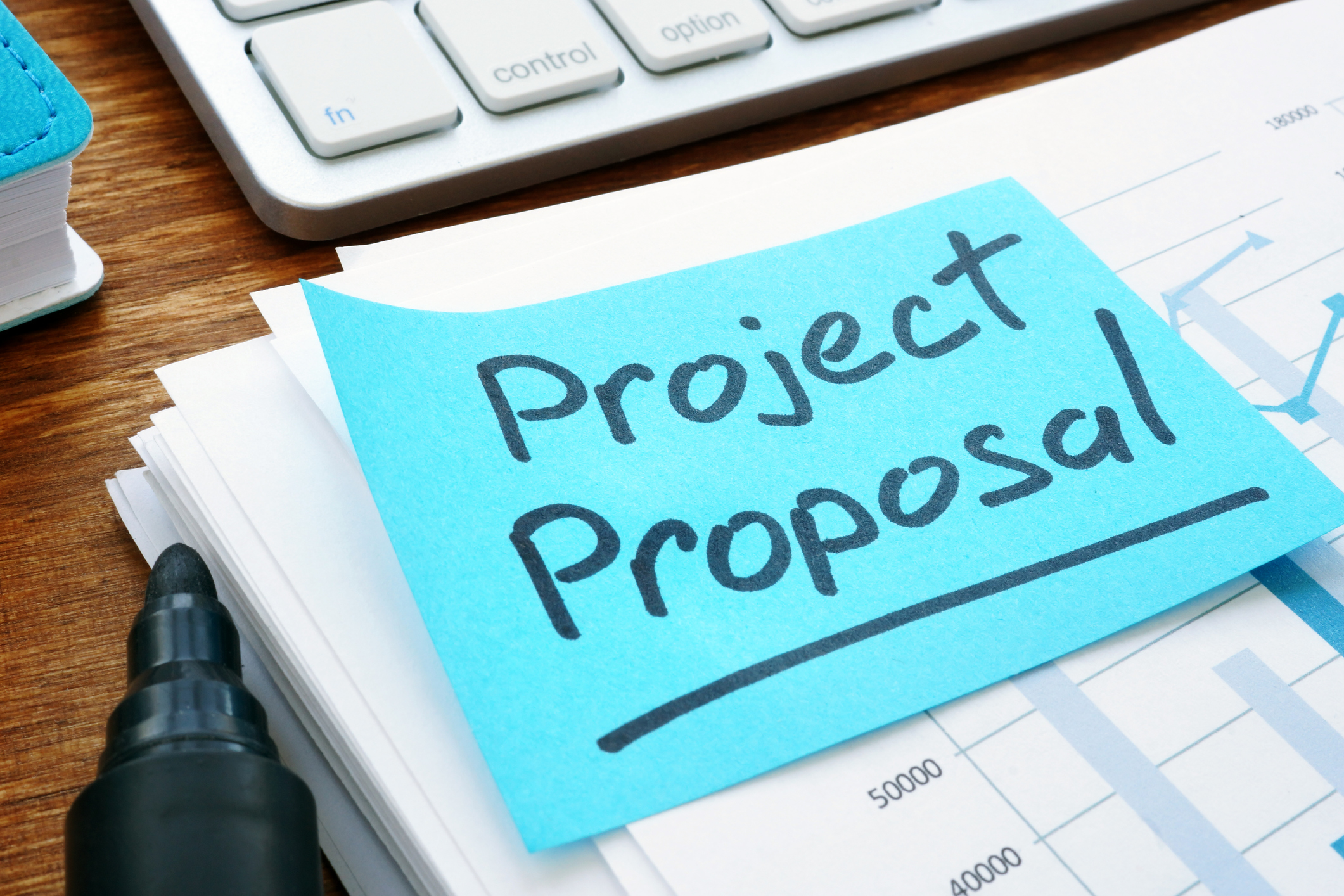How Much Over an Estimate Can a Contractor Go? | CraftJack
How much over an estimate can a contractor go? Learn how to effectively manage project estimates in your contracting business with our comprehensive guide.

How Much Over an Estimate Can a Contractor Go?
Running a successful contracting business involves a myriad of moving parts and multiple elements that must be constantly coordinated and harmonized. Among these, financial forecasting, or creating estimates, is key. It's the foundation on which projects are built and often determines the health of your client relationships.
A streamlined estimating process begins with obtaining qualified leads. Use the CraftJack Pro app for highly compatible, timely leads eager to receive your custom estimates.
One question that often pops up in the world of contracting is, "How much over an estimate can a contractor go?" While the answer might seem straightforward, it's multifaceted and hinges on several factors.
Crafting Comprehensive Estimates: The Basics
Crafting an accurate estimate is not an insignificant feat. It's a balancing act that requires a thorough understanding of project scope, an eye for detail, and an acute awareness of material and labor costs. There's also the need to account for possible contingencies that could lead to overruns. When you meet with a client the first time, it's important to gather as much information as possible to create an informed estimate — one that's transparent and detailed. Crafting comprehensive estimates is an art that helps set realistic expectations between you and your customers to build a relationship on a foundation of honesty, transparency, and trust.
A Closer Look: An Estimate vs. a Quote
To deliver successful projects and maintain harmonious client relationships, understanding the distinction between an estimate vs. a quote is crucial. An estimate is a ballpark figure, an educated guess based on your expertise and knowledge of the project. A quote, on the other hand, is a concrete figure that doesn't change once the client accepts it unless the project scope alters.
While estimates offer flexibility and are suitable for complex projects where costs may vary, quotes provide clients with certainty about the final cost. Both serve their purpose, and knowing when to use each one is pivotal. Accurately communicating this difference to clients can also prevent confusion and build trust.
Legal Implications: Binding vs. Nonbinding Estimates
When you start digging deeper into estimates, you'll come across two types: binding and nonbinding. These terms not only define the nature of the estimate but also influence its legal implications, answering the question "How legally binding is an estimate?"
A binding estimate is essentially an agreement made in good faith between the contractor and client. It outlines the total cost for the specified services and goods. This estimate doesn't change unless the scope of work changes.
Conversely, a nonbinding estimate is an approximation of costs, meaning the actual project cost can exceed the estimate. When using the Pro app to call back leads, it's important to differentiate between these two to your potential clients to set the stage for transparent communication. If you're providing a nonbinding estimate, it's essential to communicate to the client that prices may change and clearly explain the assumptions and factors the current estimate is based on. Throughout the process and on both sides, clear communication is key.
And remember, providing estimates is not a favor. It's a necessary step that serves you and the customer to determine if you're the right fit and on the same page before any work begins.
A nonbinding estimate should include the following details:
- A thorough description of the project or services to be provided
- An itemized breakdown of the materials and labor costs
- Any foreseeable additional costs, such as subcontractors or special equipment
- An explanation that the final cost may exceed the estimate
- Potential variables that could influence the final cost
- Estimated timeline for the project
- Payment terms and conditions

Overcoming Overruns: A Proactive Approach
Once a project begins, despite your best efforts, overruns may occur. This leads back to the question "How much over an estimate can a contractor go?" Ideally, the answer should be "not much." But realistically, there might be instances where the project cost is higher than the estimate.
You can let the leads know when providing your original estimates that there's a chance the final costs could exceed the estimated projection by a certain percentage. Often, 10%-15% is reasonable, and sometimes, the difference can be up to 20%. This, however, can depend on local laws, industry norms, and the specific terms agreed upon between you and your customer. This is why communicating clearly and thoroughly during your initial information gathering is so important.
As a job proceeds, the first step toward managing overruns is proactive communication. The moment you foresee an overrun, inform your client. This not only addresses their expectations but also gives you an opportunity to discuss possible solutions, whether it's reducing the project scope, adjusting the timeline, or increasing the budget.
Next, analyze your process. Were there items you failed to include in the original estimate? Did unexpected costs crop up during the project? Use these questions as a guide to review and refine your estimation process.
Sharpening Your Skills: The Role of the Pro App
The Pro app is more than just a tool — it's your ally in building a more successful contracting business. The app's blog provides you with valuable resources, like a comprehensive guide to crafting estimates, and offers tips on avoiding common pitfalls.
CraftJack gives you the tools to better understand the nuanced differences between binding and nonbinding estimates, learn how to manage overruns effectively, and explore strategies for enhancing client communication. All these factors contribute significantly to the success of your business.
The Power of Accurate Estimates
Answering the question "How much over an estimate can a contractor go?" largely depends on the type of estimate you provide and how well you manage unforeseen issues. With clear communication, meticulous planning, and the help of the Pro app, you can keep overruns to a minimum and uphold the reputation of your business.
Remember, your estimates not only determine the financial success of a project but also set the tone for your client relationships. By consistently delivering on your estimates, you build trust, create stronger relationships, and cement your reputation as a reliable contractor.
At CraftJack, we're committed to helping you build a successful contracting business. Let's take the journey together — sign up today to start your relationship with countless new home and business owners in your area.



